Category: Uncategorized
-
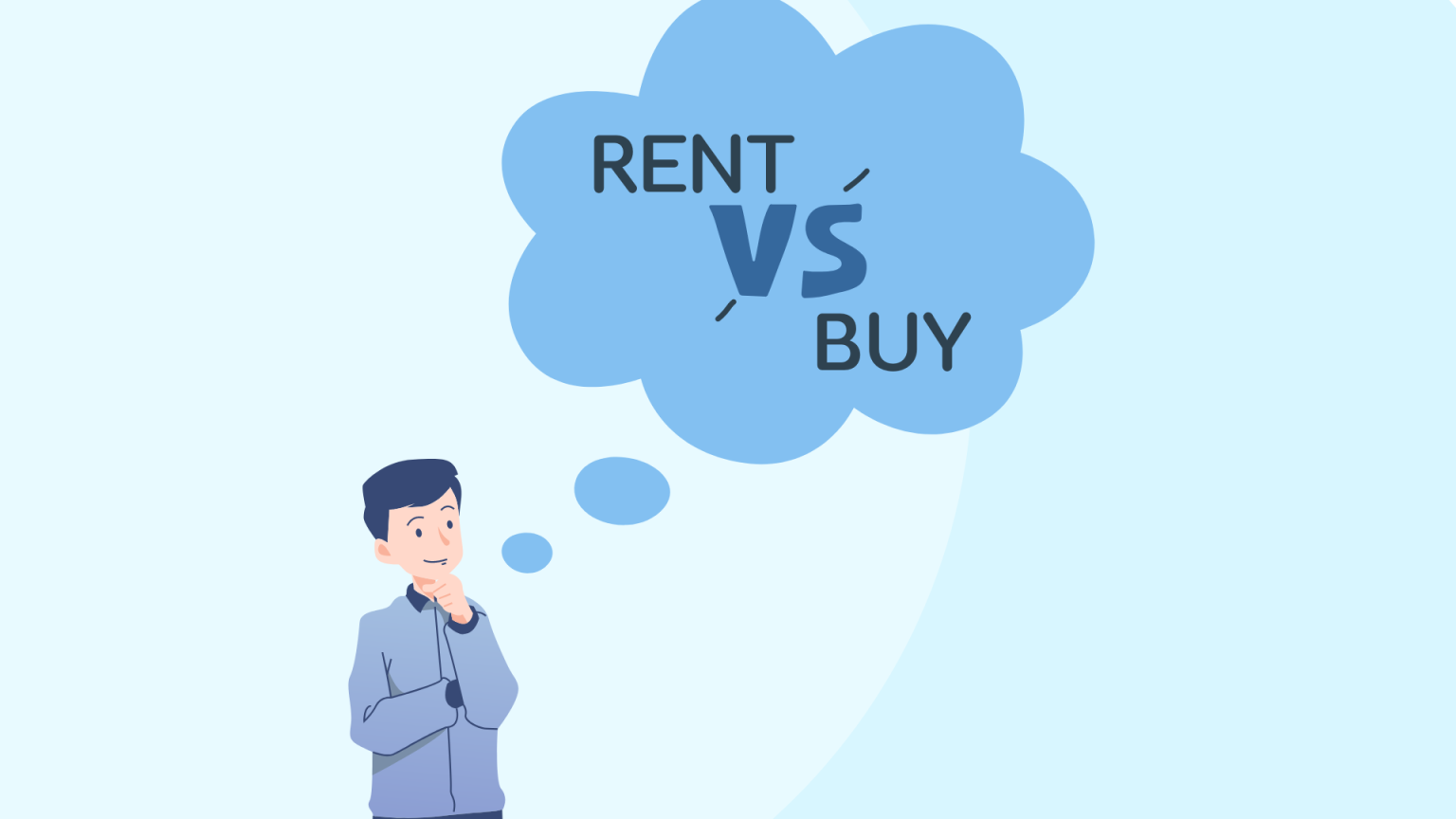
Renting Self-Service Solutions: The Smart Choice for Business Success
In today’s fast-paced and ever-evolving business landscape, companies are constantly seeking innovative ways to enhance customer experiences, streamline operations, and improve efficiency. Self-service solutions have emerged as a game-changer, empowering businesses to achieve these goals. However, the decision to rent or buy self-service solutions is an important consideration. In this blog post, we’ll explore why…
-
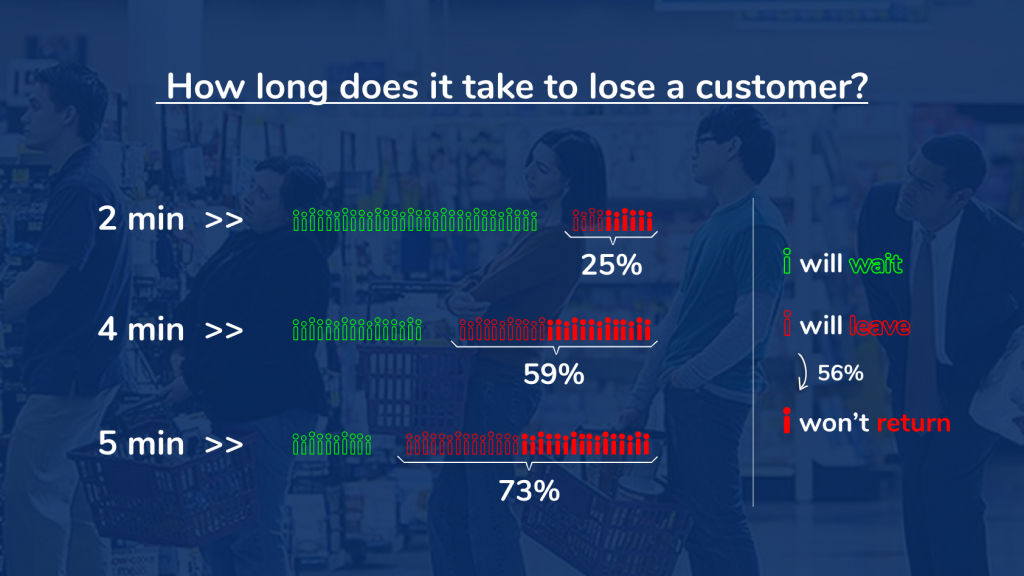
The underrated importance of queues
Why are queues important? Nobody likes spending their time in queues, as it is a bad customer experience and an incredible waste of time. An average American spends 113 hours per year in queues, the equivalent of 14 working days. Given that this time could be spent on work, family or leisure, the pressure from consumers…
-
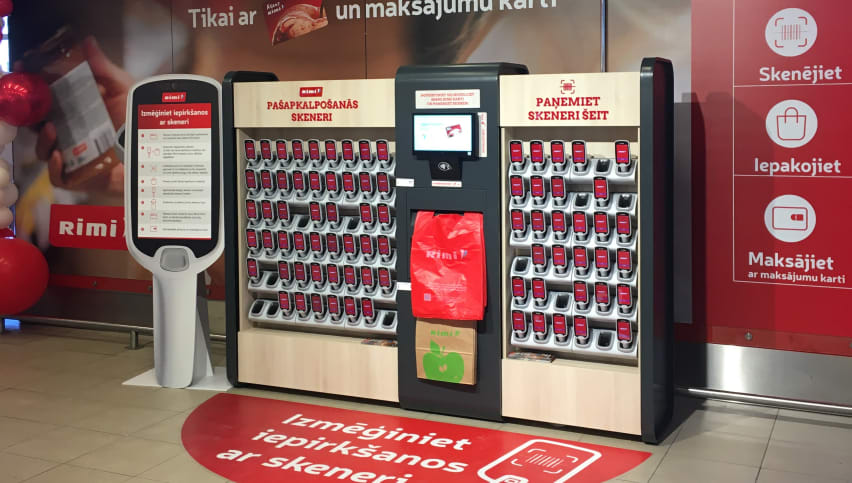
Kudos to Rimi Baltic
This is the first post in a blog series that discusses good and bad self-service solutions. If you have noticed an interesting self-service solution—whether neutral, good, or bad—feel free to leave a comment below or contact us. We would like to evaluate and discuss it here. In this post, we talk about the leading Baltic retailer—Rimi…
-
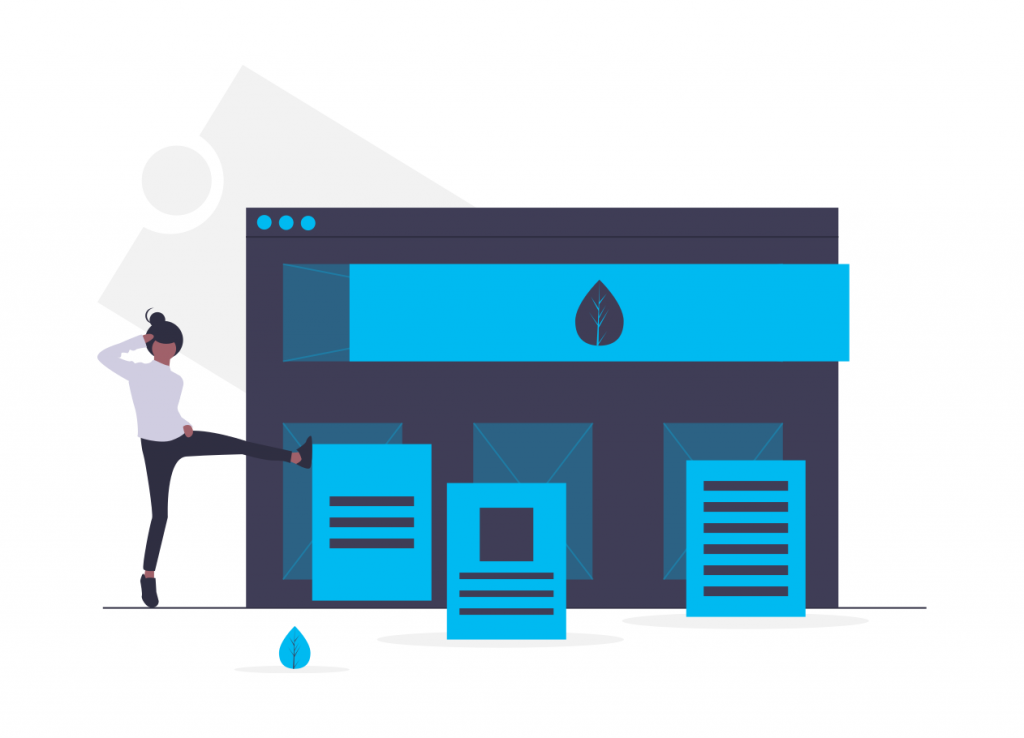
Can we just open our web page on the kiosk?
This is a question we receive often enough to warrant an in-depth analysis of the topic to clarify if and when reusing your existing web application for a self-service solution is workable. The question arises because of two common misconceptions: Evolution of self-service As soon as self-service became technically feasible, organizations realized that introducing it…
-
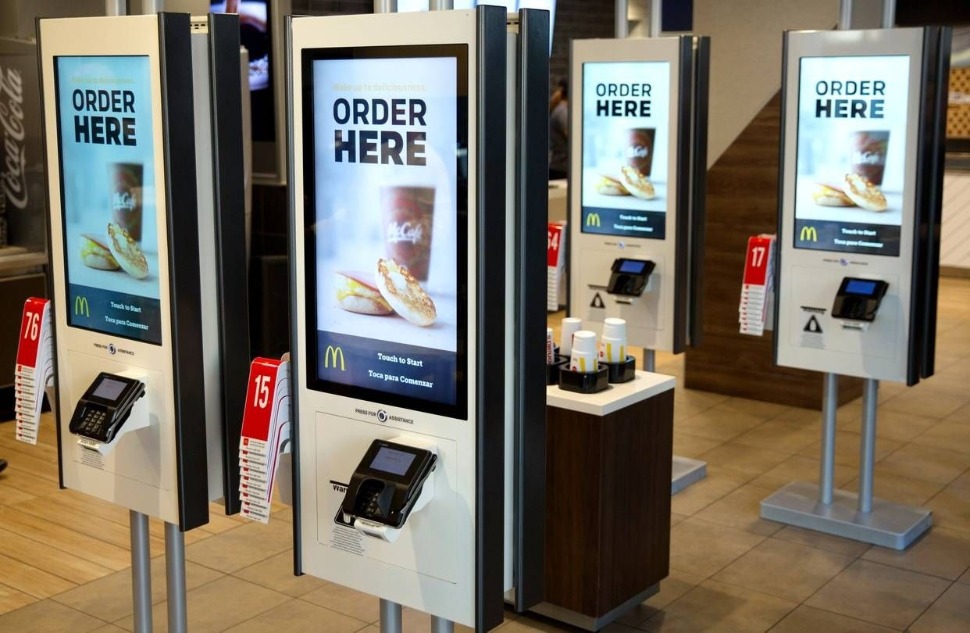
More money is spent using self service kiosks
McDonald’s was one of the first to massively switch to self service oriented customer service and shows no sign of stopping. McDonald’s has reported a 6% increase in sales after introducing self-service order. Business Insider, 2017 At the moment using the benefits of technology has reported a 6% increase in sales but McDonalds isn’t the only fast food chain to consider…
-
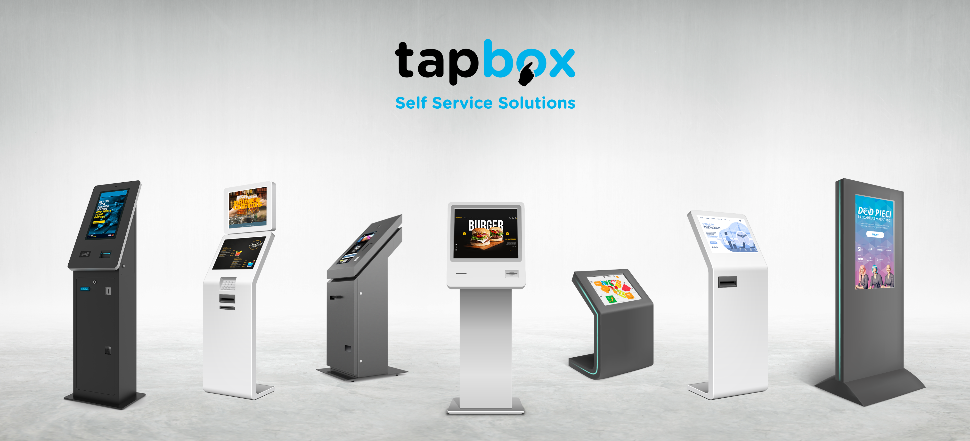
9 tips how to design perfect UX for self service kiosk!
Each self service project is unique – it can be affected by environment around the kiosk, also the product or service one is trying to sell, the client expectations matters but here are the most important user experience designing tips and tricks we have learned from analysing our and other projects: To discuss the various…
